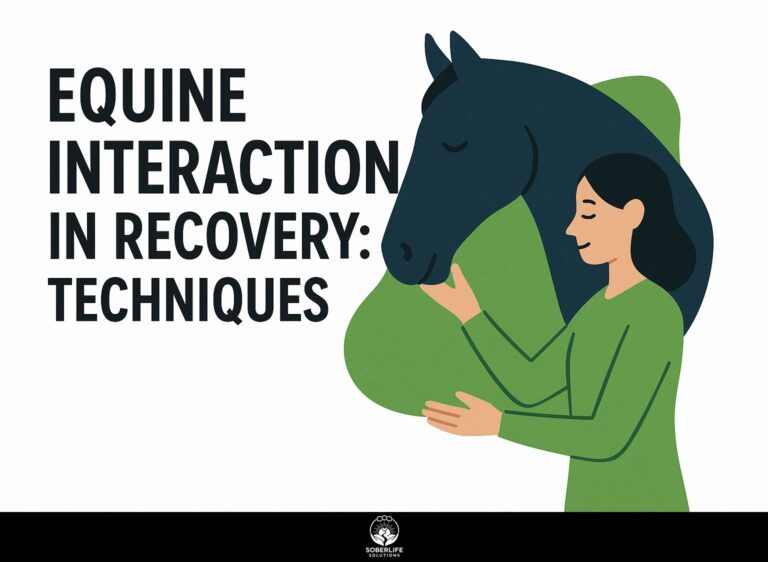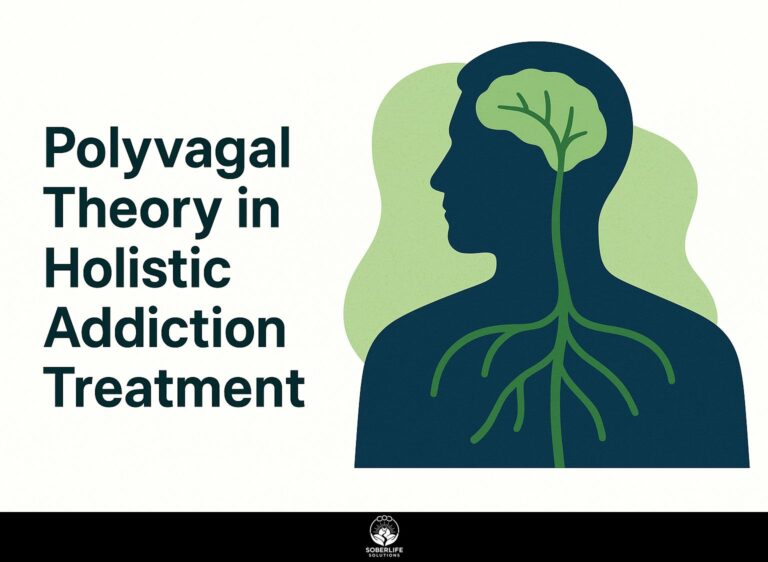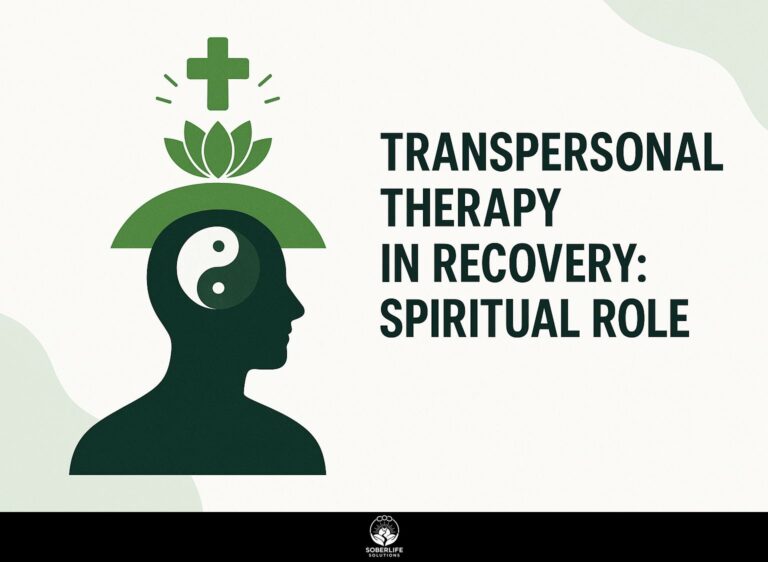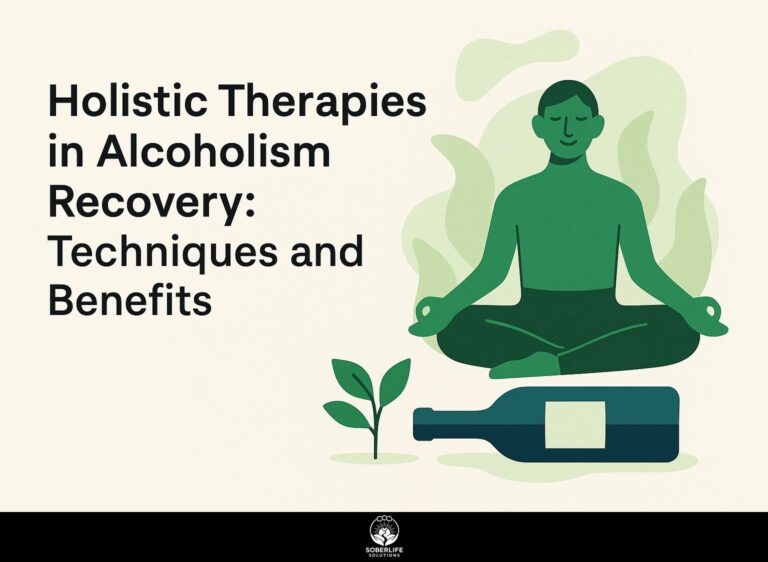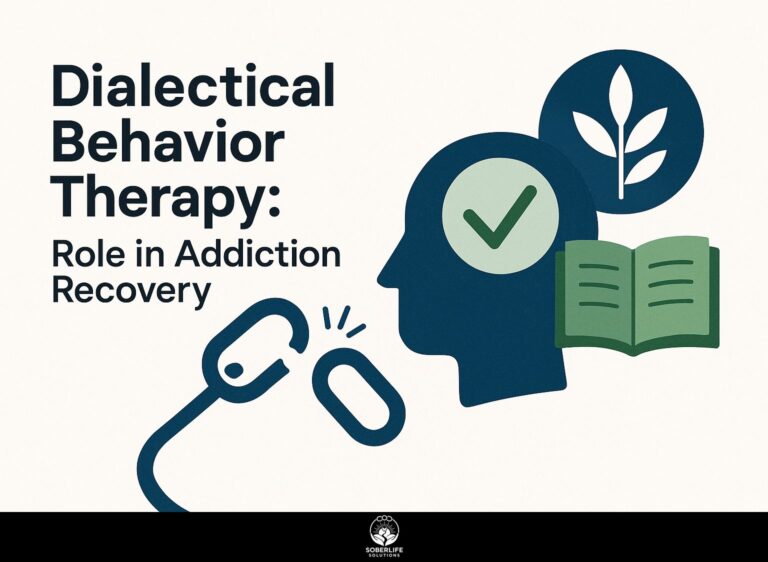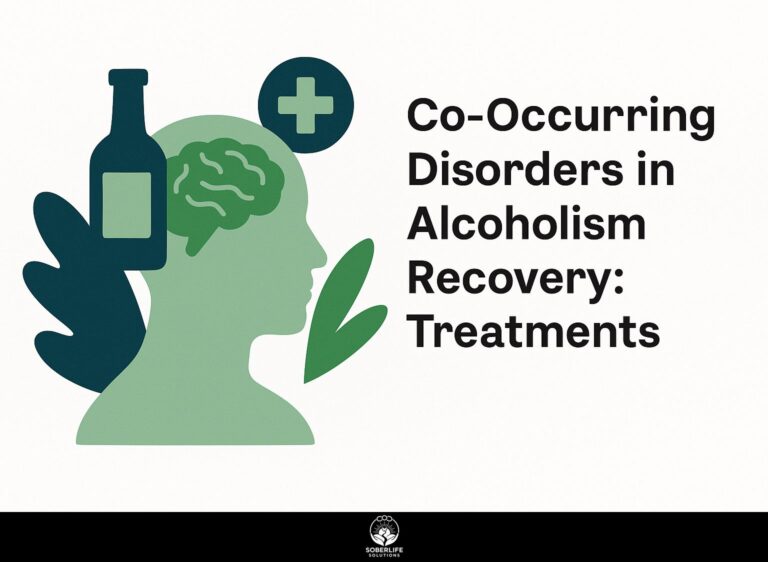Breathwork in Recovery Plans: Techniques and Benefits
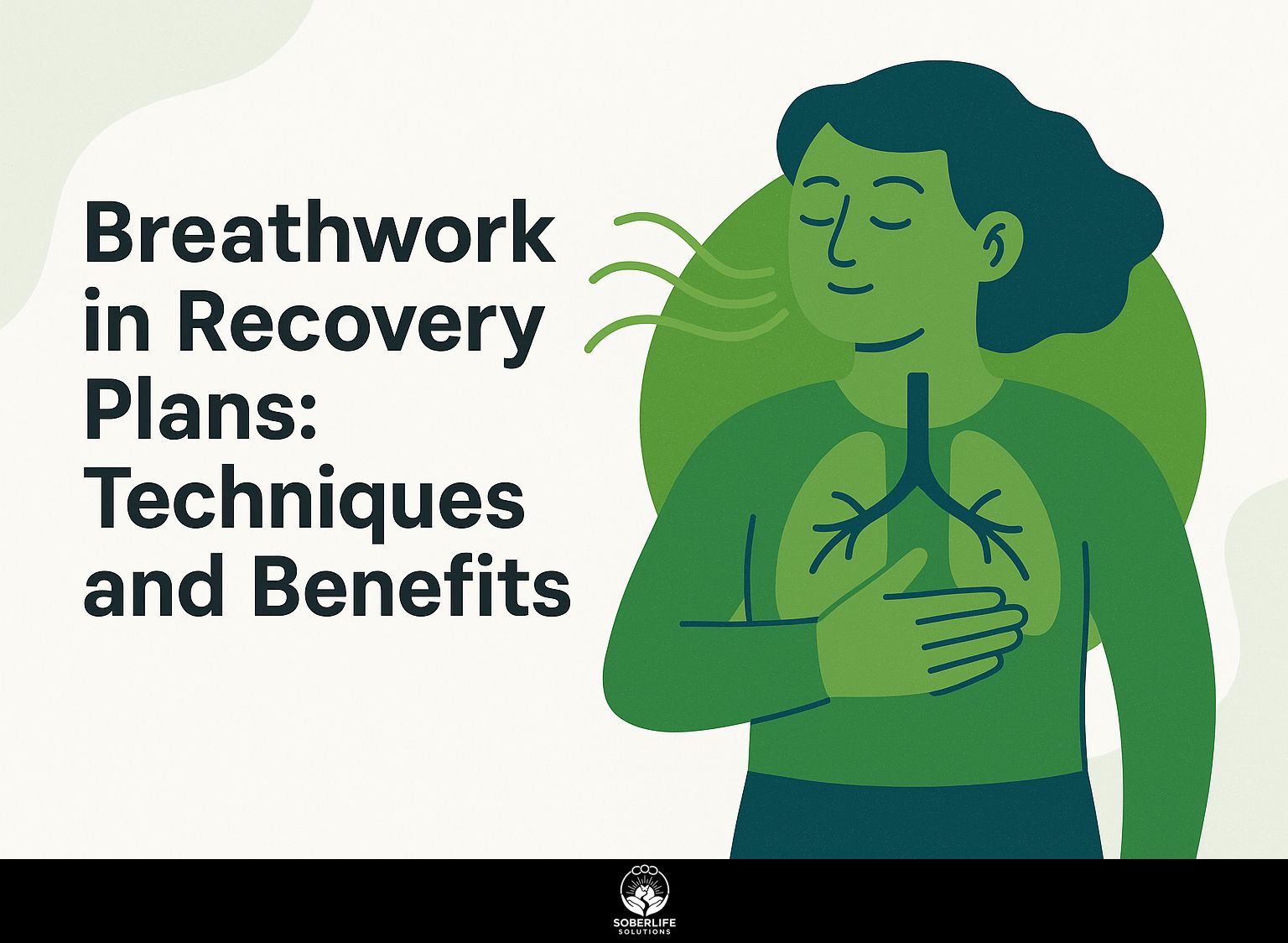
Using controlled breathing can greatly improve your recovery process, particularly for people dealing with anxiety and mental health issues. Breathwork methods, like deep breathing, are important for managing emotions and building mental strength. This article looks at how adding breathwork to recovery plans can improve overall health. It provides useful techniques and outlines the significant advantages of mindful breathing. Learn how to use your breath to improve your health and find more balance in life.
Key Takeaways:
Definition and Overview
Breathwork includes various methods that improve breathing habits, help deliver more oxygen, and encourage relaxation.
These techniques often emphasize breath control, which can significantly contribute to emotional stability.
For instance, the 4-7-8 technique, where you inhale for four seconds, hold the breath for seven seconds, and exhale for eight seconds, is widely used in therapeutic settings. This method activates the parasympathetic nervous system, reducing anxiety and promoting calmness.
Breathing exercises like diaphragmatic breathing can help calm people during stress, which makes them useful for managing emotions. Interestingly, integrating breathwork with [holistic therapy practices](https://soberlifesolutions.com/holistic-therapy-benefits-rehab/) can further enhance emotional regulation by addressing the mind-body connection. According to an analysis by Harvard Business Review, breathing practices are notably effective at alleviating stress and enhancing emotional regulation, further underscoring their therapeutic value (Research: Why Breathing Is So Effective at Reducing Stress).
Historical Context
The practice of breathwork traces back thousands of years, rooted in ancient traditions like yoga and Taoism that emphasize the connection between breath and life energy.
In recent decades, breathwork has seen a significant resurgence, notably through figures like Wim Hof, who integrates breath control with cold exposure, and pioneers such as Dan Brul, who has taught thousands globally.
Movements such as Holotropic Breathwork, developed by Stanislav Grof, highlight therapeutic aspects, particularly in emotional healing.
Today, apps like Headspace and classes at wellness retreats promote different methods, allowing people to easily access breathwork for stress relief and self-awareness.
The Role of Breathwork in Recovery
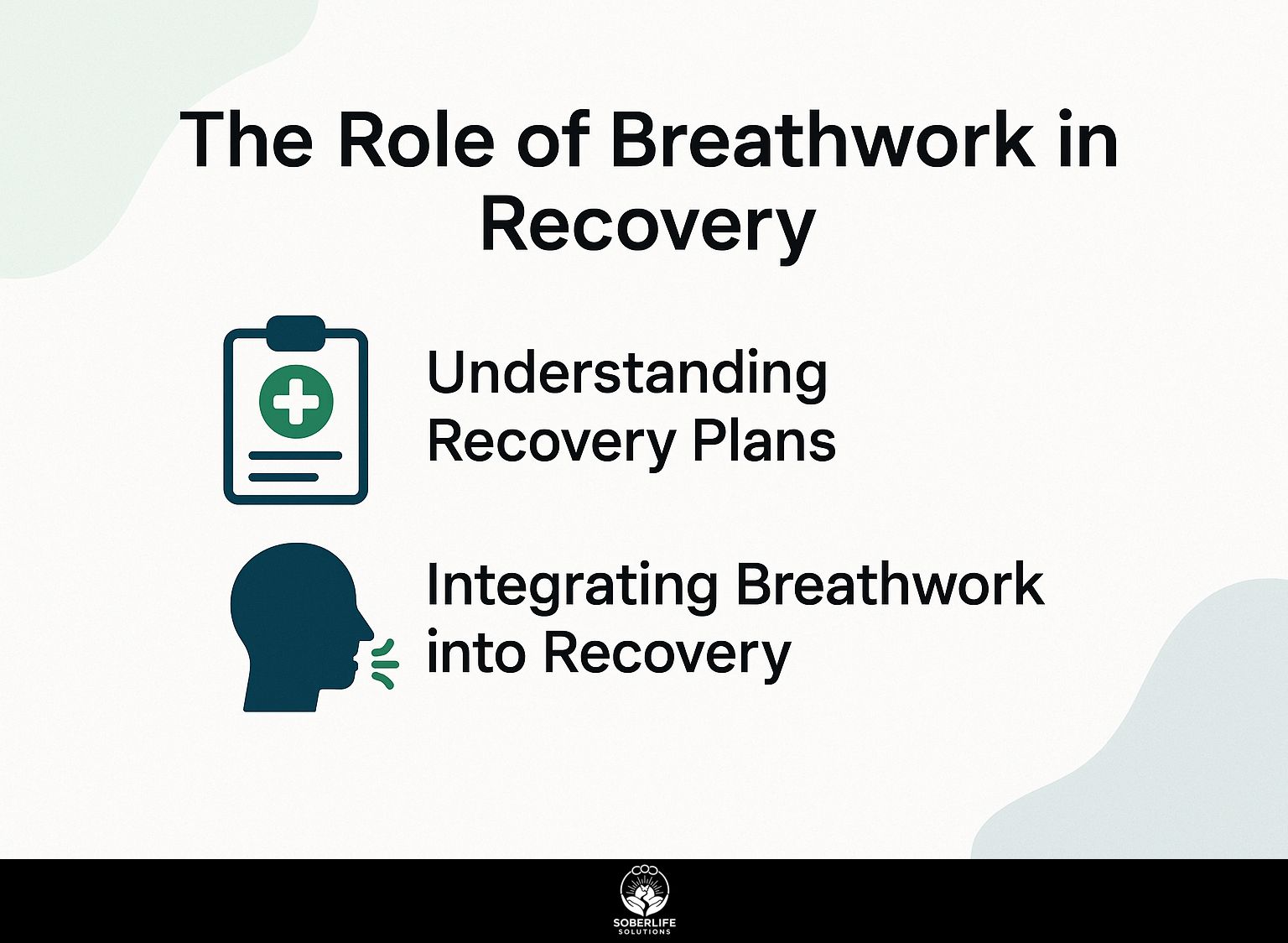
Breathwork is important in recovery because it helps control emotions, manage stress, and improve overall health during tough times. Learn more about specific breathing exercises for managing urges to enhance your recovery journey.
Understanding Recovery Plans
Effective recovery plans use different therapeutic methods, with breathwork playing a key role in building strength and emotional balance.
To make a recovery plan with breathwork that fits your needs, begin by looking at your individual situation-think about your stress, what emotions set you off, and any physical pain you have.
Spend 5-10 minutes each day practicing breathing exercises like diaphragmatic breathing or the 4-7-8 technique to help you relax and feel less anxious.
Next, complement this with journaling to reflect on your emotional state post-breathwork, adjusting techniques as necessary.
Using apps like Headspace to monitor your progress can help you understand your recovery better and make adjustments to your plan. Effective recovery plans are similar in structure to those used in IT disaster recovery, as described in an article by Ready.gov.
Integrating Breathwork into Recovery
Integrating breathwork into recovery routines can drastically improve outcomes, especially when combined with traditional therapeutic methods.
To begin practicing breathwork effectively, use guided sessions available on apps like [Insight Timer](https://insighttimer.com) or [Headspace](https://www.headspace.com). You can find different breathing methods for recovery there.
Joining a local or online breathwork community can also provide accountability and shared experiences, enhancing motivation.
For example, spending just 10 minutes each morning on focused breathing can help build mindfulness and lower anxiety, working well with cognitive therapies.
In the end, regular practice and help from others can greatly improve your recovery process.
Techniques of Breathwork
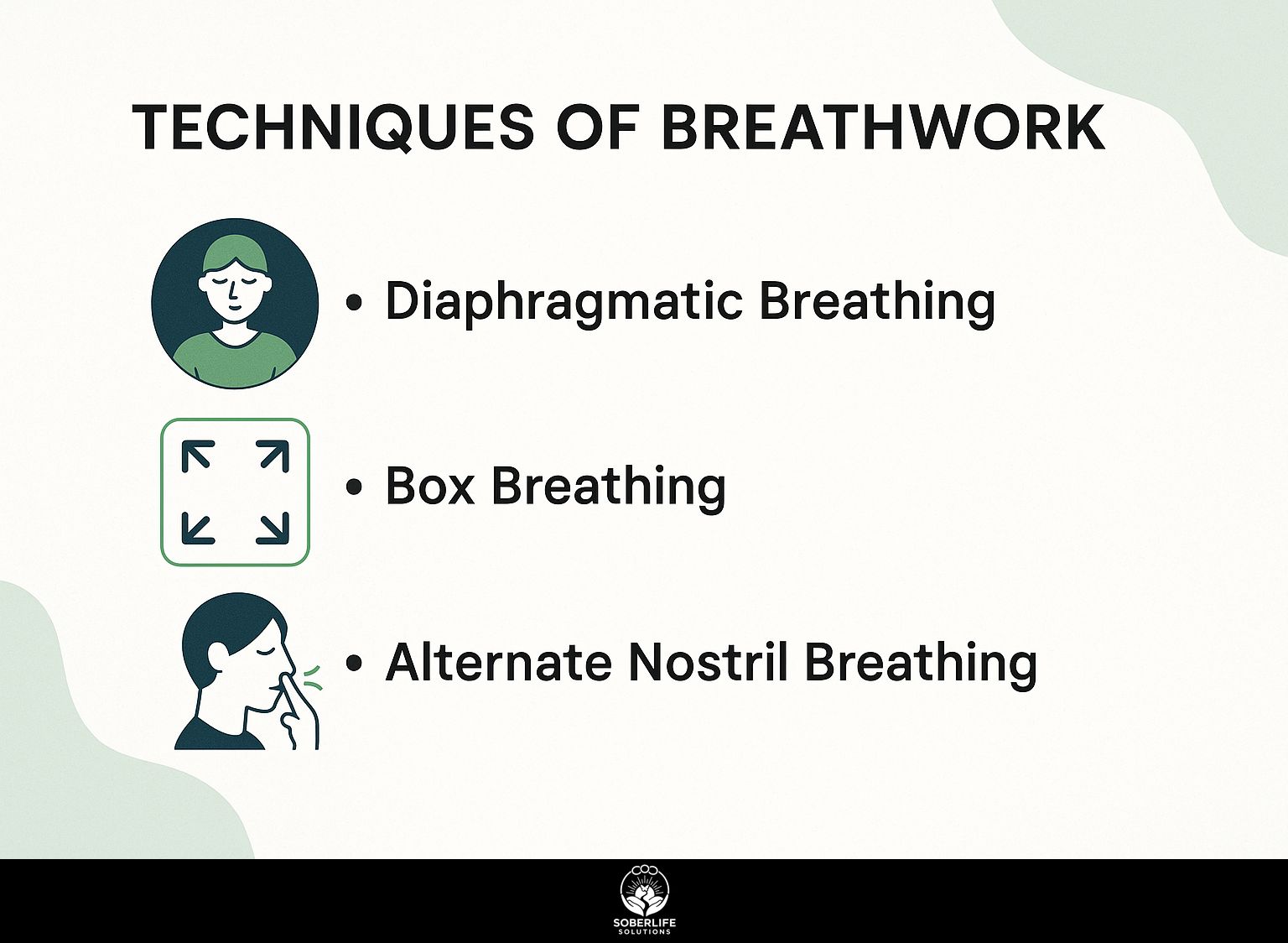
Different breathing exercises can be customized to meet personal needs, helping to improve physical and mental health through intentional breathing. For those interested in a comprehensive approach to wellness, integrating holistic therapy can provide additional benefits (including insights from Holistic Therapy: Integration, Types, and Benefits in Rehab).
Diaphragmatic Breathing
Deep breathing with the diaphragm, or belly breathing, increases oxygen flow and helps you relax, which is great for lowering stress.
To practice diaphragmatic breathing, start by finding a comfortable position, either sitting or lying down. Place one hand on your chest and the other on your abdomen.
Inhale deeply through your nose, allowing your belly to rise while keeping your chest still-aim for a 4-second inhale. Then, exhale slowly through your mouth, letting your abdomen fall.
Repeat this for 5-10 minutes daily.
Beginners can also try this exercise while lying on their back with a book on their abdomen, watching it rise and fall with each breath for better awareness.
Box Breathing
Box breathing is a technique used by the military and athletes to improve focus and stay calm in stressful situations.
The process involves four simple steps:
- Inhale deeply through your nose for four counts.
- Hold your breath for another four counts.
- Exhale slowly through your mouth for four counts.
- Hold your breath again for four counts.
Do this pattern for a few minutes to feel calm. For example, a soldier preparing for a mission can use box breathing to center their thoughts and reduce anxiety. In the same way, athletes often use this method before contests to improve their focus and their ability to perform when stressed.
Alternate Nostril Breathing
Alternate nostril breathing helps steady the nervous system and brings a sense of calm, making it an effective way to lower anxiety.
To practice alternate nostril breathing, begin by sitting comfortably with your spine straight.
Using your right thumb, close your right nostril. Inhale deeply through your left nostril, then close it with your right ring finger. Release your thumb to exhale through the right nostril.
Next, inhale through the right nostril, close it, then exhale through the left.
This technique calms the mind and lowers cortisol levels, improving attention. It helps with emotional control and concentration.
Benefits of Breathwork in Recovery
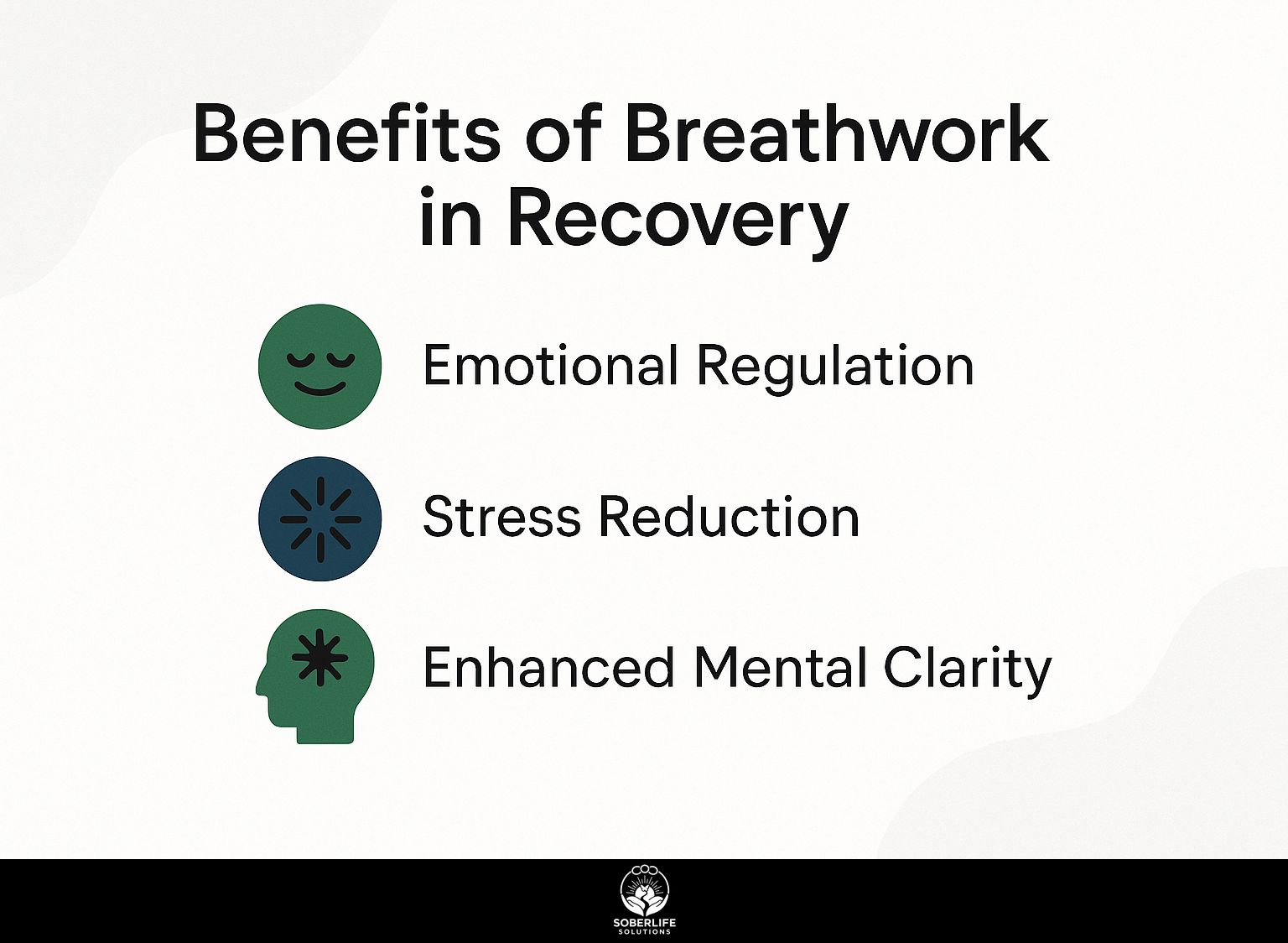
Breathwork provides many benefits that greatly improve recovery processes, offering important methods for handling emotions and reducing stress.
Emotional Regulation
Breathwork techniques improve emotional regulation, helping individuals manage feelings of anxiety and stress more effectively.
Some breathing exercises can help with emotional stability. Taking slow, deep breaths can reduce your heart rate and calm your nervous system.
Similarly, the 4-7-8 technique involves inhaling for 4 seconds, holding for 7, and exhaling for 8, which activates the body’s relaxation response. A case study illustrates this: Jane, who struggled with anxiety, adopted daily 4-7-8 sessions and reported feeling more grounded and less reactive to stressors after a month.
Adding these habits to your daily life can greatly strengthen your emotional resilience.
Stress Reduction
Studies show that practicing breathwork regularly can reduce cortisol levels and improve the ability to handle stress, as highlighted by News-Medical which explores the scientific basis of these benefits.
To add breathwork to your daily routine, try these practical methods:
- Set aside five minutes each morning for deep belly breathing-inhale through your nose for four counts, hold for four, and exhale through your mouth for six.
- Use apps like Calm or Headspace for guided sessions, which can improve your practice.
- For added benefit, practice breathwork when feeling overwhelmed; even a few deep breaths can reset your stress response, promoting clarity and relaxation in challenging moments.
Enhanced Mental Clarity
Practicing breathwork often can help increase focus and clear thinking, both important for recovery.
Various methods can improve brain functions.
For example, the Box Breathing method involves inhaling for four counts, holding for four, exhaling for four, and pausing for four, promoting calmness and focus.
Another approach is the 4-7-8 technique, where you inhale for four seconds, hold for seven, and exhale for eight, which helps reduce anxiety and increase alertness.
Research in neurobiology indicates that these activities activate the parasympathetic nervous system, which boosts mental clarity and cognitive abilities.
Adding these exercises to your daily routine can greatly improve your mental sharpness.
Implementing Breathwork in Daily Practice
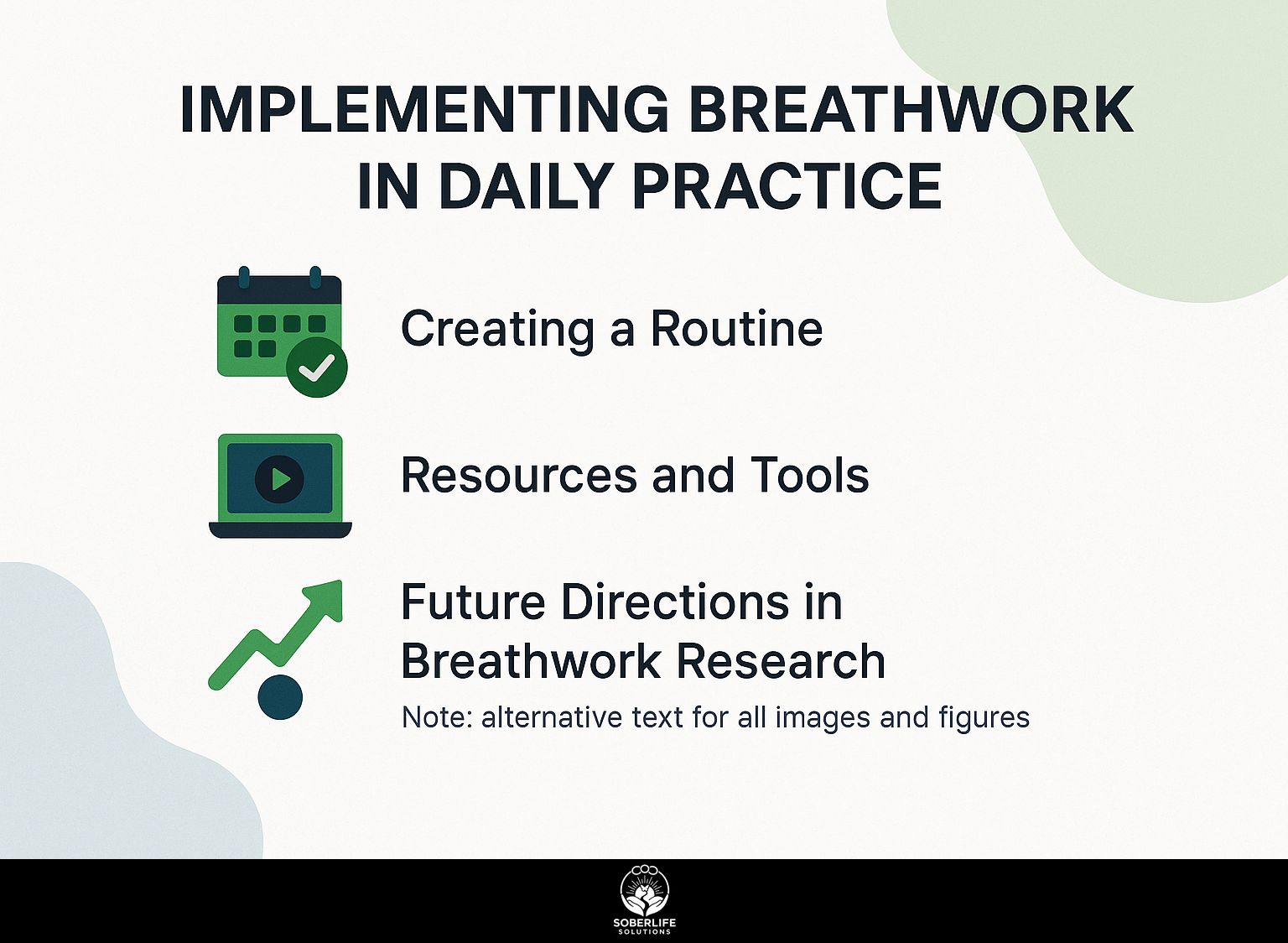
Setting up a daily routine for breathing exercises is key to fully gaining the health and recovery benefits they offer.
Creating a Routine
A regular breathing exercise routine can greatly improve these practices, with short sessions producing excellent results.
To make a custom weekly breathwork schedule, set aside 10-15 minutes daily for certain methods.
For example, on Monday, practice deep abdominal breathing to kick off the week. Tuesday could involve the 4-7-8 technique, perfect for relaxation. On Wednesday, try box breathing to improve focus. Thursday can be reserved for alternate nostril breathing, which balances energy, while Friday can involve the calming ocean breath.
Reserve weekends for extended sessions or meditation, adjusting the timing and techniques based on your stress levels or energy. Flexibility is key to ensuring the routine remains beneficial over time.
Resources and Tools
There are many resources and tools to help with breathwork practices, including apps and community workshops.
The ‘Breathwrk’ app costs $4.99 monthly and provides guided breathing exercises designed for different purposes, like lowering anxiety or improving concentration.
Platforms like ‘Insight Timer’ provide guided sessions. Some are free, and some require payment, with various instructors and techniques.
Local community workshops often offer hands-on experiences and connect you with like-minded individuals, enhancing accountability and growth.
By integrating these resources, you’ll deepen your breathwork practice and maintain motivation over time.
Possible Paths for Breathwork Studies
Ongoing research into breathwork’s impact on mental health and physical recovery suggests exciting opportunities for therapeutic applications.
Studies indicate that doing breathing exercises can reduce anxiety and improve focus, aiding in stress control.
For example, practitioners use techniques like the 4-7-8 method, which involves inhaling for four seconds, holding for seven, and exhaling for eight. This practice has been shown to activate the parasympathetic nervous system, promoting relaxation.
In the coming years, using breathing exercises along with tools like biofeedback might improve their healing effects, providing immediate information and customized plans for recovery. This method may greatly change the way mental health therapies are done.
Frequently Asked Questions
What is breathwork and how does it benefit recovery plans?
Breathwork is a set of techniques that focus on controlling and regulating one’s breathing patterns. It can benefit recovery plans by reducing stress, promoting relaxation, and increasing self-awareness.
What are some common breathwork techniques used in recovery plans?
Some common breathwork techniques used in recovery plans include deep belly breathing, alternate nostril breathing, and breath awareness meditation.
How does breathwork help with managing cravings and triggers?
Breathwork can help manage cravings and triggers by promoting a sense of calm and reducing the urge to engage in impulsive behaviors. It can also increase mindfulness and help individuals become more aware of their thoughts and emotions.
Can breathwork be used as a standalone recovery tool?
While breathwork can be a helpful tool in recovery, it should not be used as the sole method of treatment. It is best used in combination with other recovery techniques and under the guidance of a therapist or healthcare professional.
Are there any potential risks or side effects of practicing breathwork in recovery?
Breathwork is generally considered safe, but individuals with certain medical conditions or breathing disorders should consult with a healthcare professional before starting a breathwork practice. Some individuals may experience temporary dizziness or lightheadedness during practice, but this typically subsides quickly.
How often should one practice breathwork in a recovery plan?
The frequency of breathwork practice may vary for each individual and their specific recovery needs. It is generally recommended to practice breathwork daily, but even a few minutes a day can have significant benefits. It is important to listen to your body and adjust the frequency as needed.

